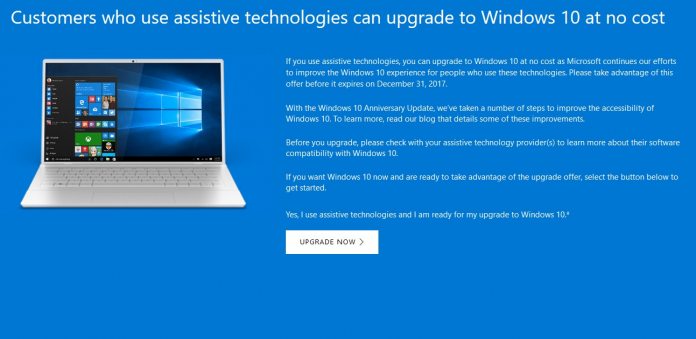While the date confirmation may be a surprise, Microsoft has previously said the support would end. One of the more interesting things about this upgrade path has been its seeming availability to everyone. Moving from Windows 7/8 to Windows 10 through assistive tech is supposed to be for users who need accessibility features. However, Microsoft never placed a verification system to check if users need these features. This meant anybody could essentially update, even if it was morally in poor form. That does not mean a free path to Windows 10 does not exist, even though Microsoft stopped free upgrades in July 2016. Unofficially, it is possible to use an existing Windows 7/8.1 product key to activate installation of Windows 10. To make this method work, a retail version of Windows 7/8.1 is recorded and not an OEM version. A retail version is Windows as you would buy it separate, while an OEM version comes preinstalled in a device. Microsoft has never acknowledged this path or even blocked it. Either way, until the end of the year, the assistive technologies route remains open.
Windows 10 Assistive Technologies
Among the assistive technology features in Windows 10 are a narrator. This allows users to navigate Windows 10 without a screen. Narrator works well across Windows apps like Groove and the Microsoft Store. Other abilities include audio description keyboard shortcuts, resized screen components, speech recognition, and more.




